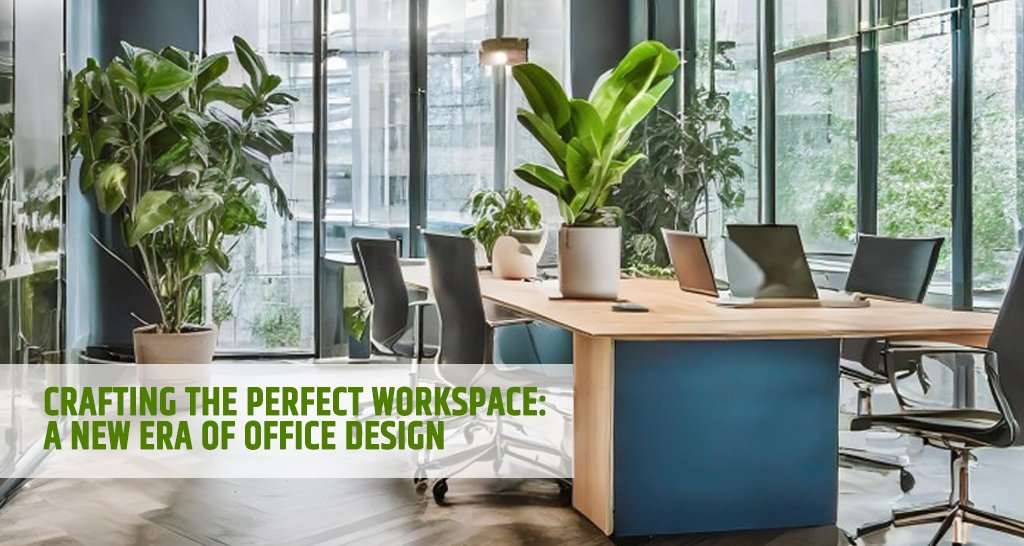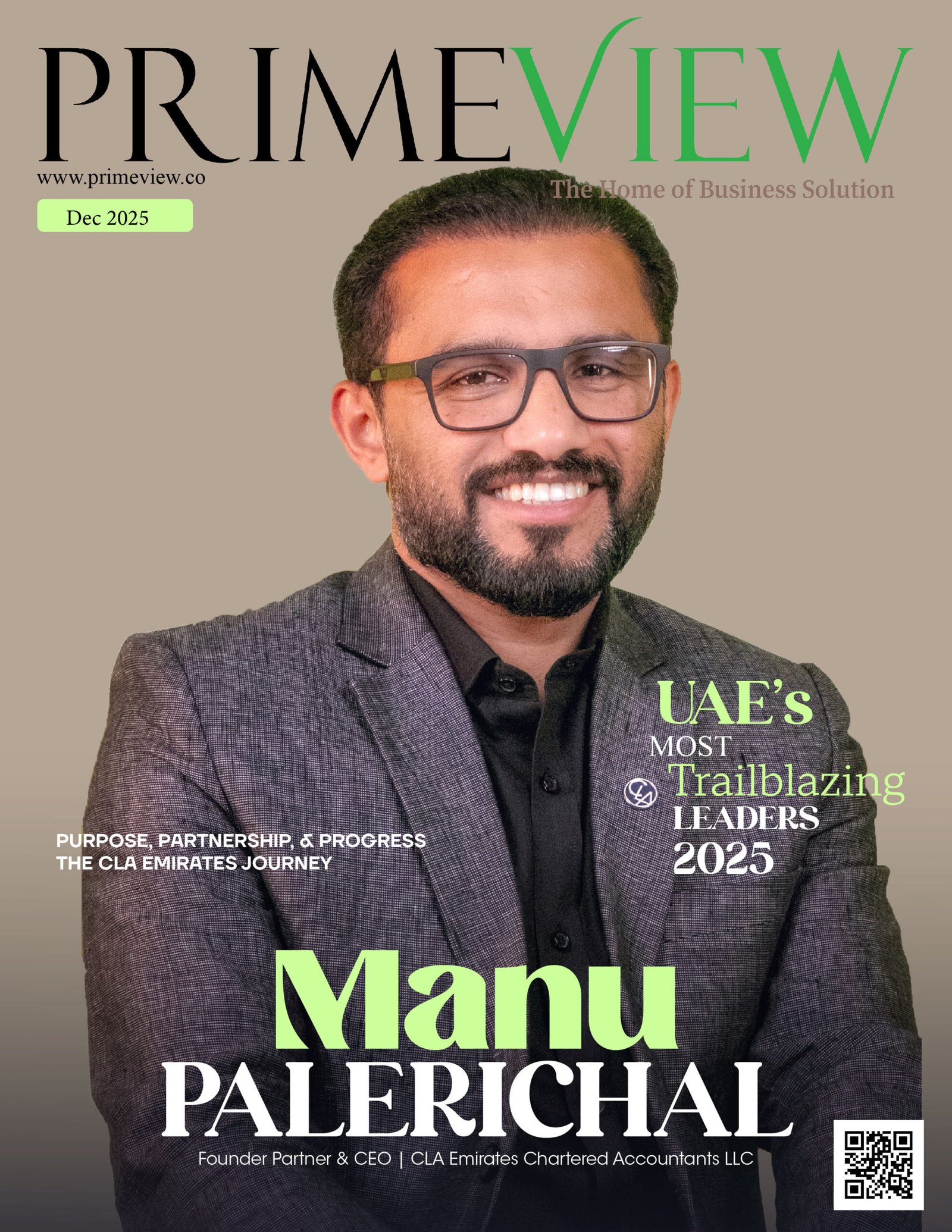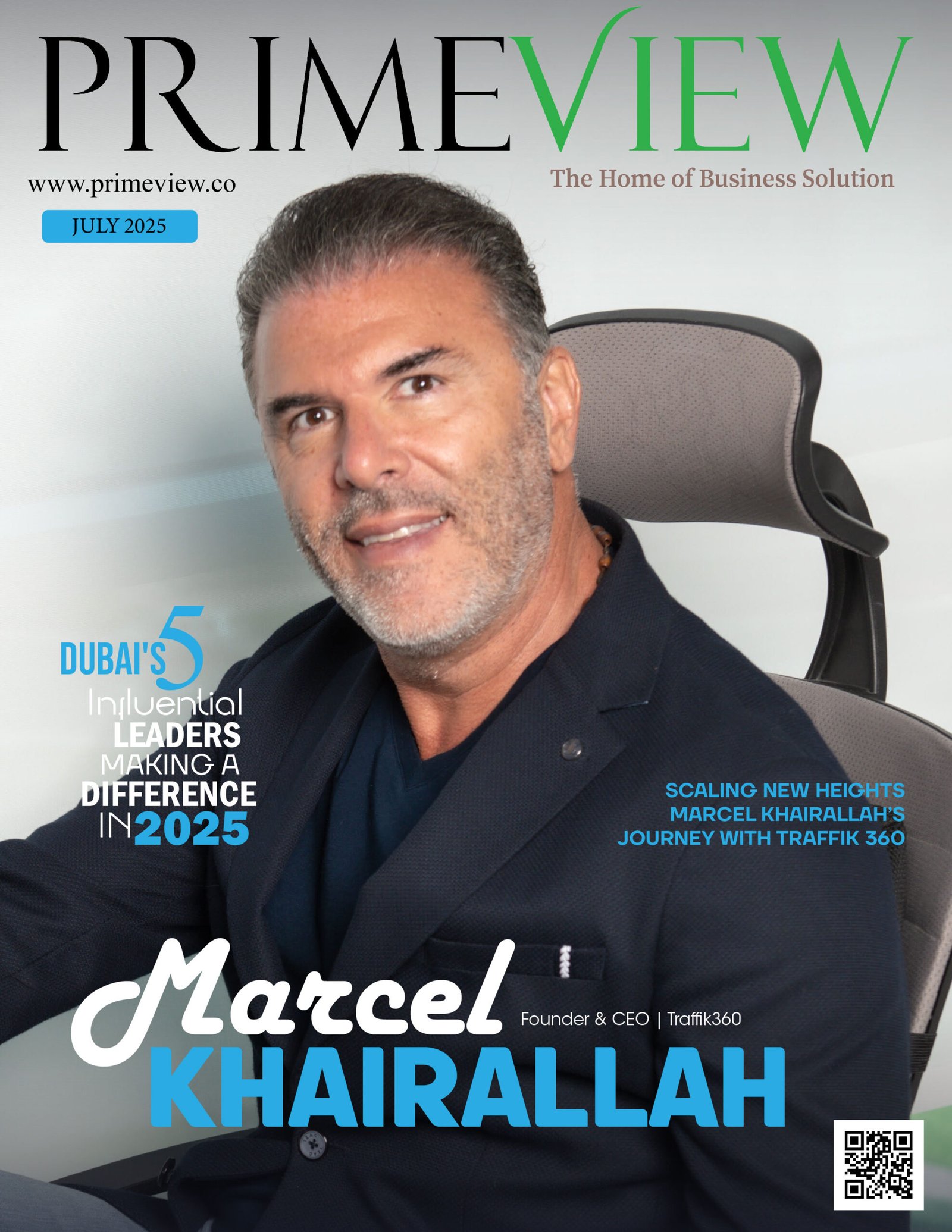As companies navigate the post-pandemic landscape, the traditional office is radically transforming. The focus is shifting from merely functional spaces to inviting, innovative environments that meet the changing needs of employees. This shift is happening because companies want to return employees to physical workplaces and make these spaces conducive to productivity and well-being. To achieve this, organizations are increasingly turning to experts like “workspace change management specialists,” “office experience architects,” and “human capital specialists.” These professionals help companies redesign offices using various strategies, ranging from sensory enhancements to sophisticated technology integrations.
The Role of Workspace Change Management Specialists
Workspace change management specialists play a crucial role in this transformation. These experts help organizations understand what employees want from their office environments. According to recent surveys, two out of three organizations are either redesigning their corporate real estate functions or planning to do so in the near future. This trend is driven by companies’ desires to make the office more appealing and relevant to their employees’ needs.
Creating a Comfortable and Functional Environment
After the pandemic, employees’ expectations have changed a lot. Now, they seek workplaces that feel as comfortable as home combined with the functionality of a professional workspace. This includes ergonomic furniture, advanced technology, and appealing perks like free meals. For example, some companies are adding sensory enhancements like essential oil diffusions to create a more pleasant atmosphere, while others are using advanced technology such as facial recognition systems that prepare employees’ favorite coffee orders as they walk in, adding a touch of personalization and convenience.
The Importance of Employee Feedback
Listening to employee feedback is now very important when designing new workspaces. Focus groups and surveys help gather many opinions and highlight needs that executives might overlook. A workspace change management specialist might say, “If you think about consultants, we’re essentially helping solve problems that you don’t have answers for – things you don’t have a blueprint for.” This approach ensures that the new office designs address the real needs and preferences of the workforce.
Embracing Technological Integration
Workplace technology plays an important role in the new office environment. It helps make our job easier and makes the office a better place. The right technological setup can significantly improve the daily work routine, from secure servers to remote call capabilities. As one specialist noted, “If you can’t find the right space to be able to take your calls, or if the office environment is noisy, or if you can’t have access to private spaces to conduct meetings, or if your space doesn’t enable effective or equitable hybrid meetings, then that causes friction in your everyday work experience.” So, having the right tech setup is key to making our work experience smooth and hassle-free.
Data-Driven Decision Making
Workplace consultants heavily depend on information and proprietary employee surveys regarding employees’ needs and preferences to ensure office designs remain relevant and effective. This data-driven approach helps create workspaces that are both functional and appealing. One consultant said, “Our clients really want data.” They need to keep getting new information because things change fast. This shows the importance of always listening to feedback and being ready to change the office design if needed.
The Future of Workplace Design
The demand for human-centric office spaces is growing, driven by the need to maximize corporate real estate’s value. In the post-pandemic period, many business leaders realized that having an office is optional. However, those who maintained office spaces decided to make them places where employees could do their best work. This shift has made a lot of sense in the field of workplace-experience consultancy, drawing a diverse range of professionals from architects to traditional consultants. This field has exponential growth potential, reflecting its increasing popularity and necessity.
Balancing Aesthetics and Functionality
Future offices are not just about aesthetics or functionality. They are about crafting environments where employees can do their best work. This means balancing elements like ergonomic furniture, advanced technology, and personalized perks to create a holistic work experience. For example, offering personalized food options and hybrid worker-friendly connectivity solutions can significantly improve employee satisfaction and productivity.
The main goal is to create workspaces that employees love. One consultant said, “At the end of a project, people thank me for improving their work experience.” This shows the essence of the new office design philosophy. The post-pandemic workplace is about more than just returning to a physical space; it’s about redesigning that space to support and enhance how employees work and live.
The transformation of the traditional office is a testament to the adaptability and resilience of companies during unprecedented challenges. By embracing change and focusing on the needs of their employees, organizations can create workspaces that attract employees back and inspire them to perform their best. This new era of office design is about crafting environments where employees feel valued, comfortable, and motivated—a place where they can truly thrive.












